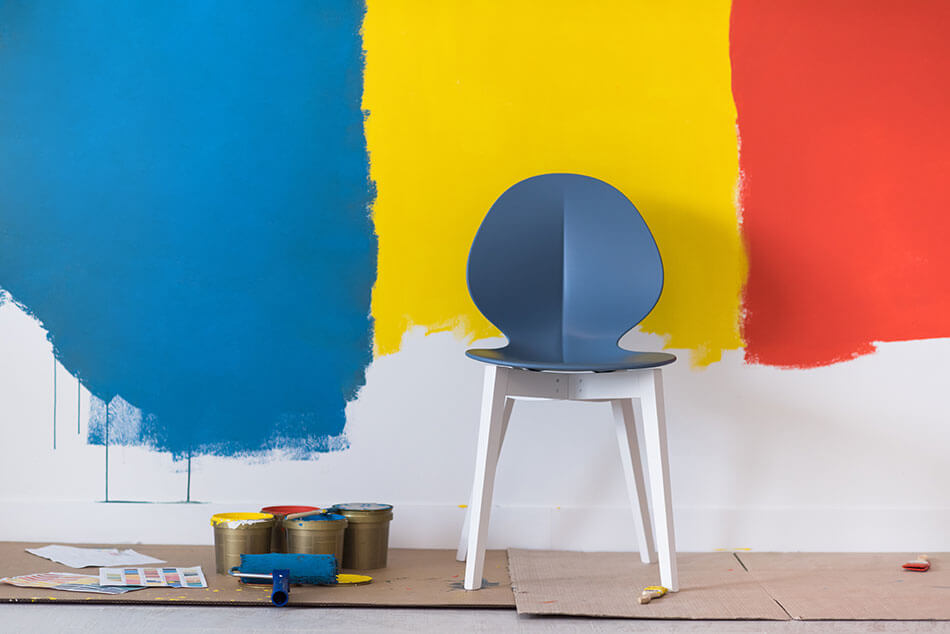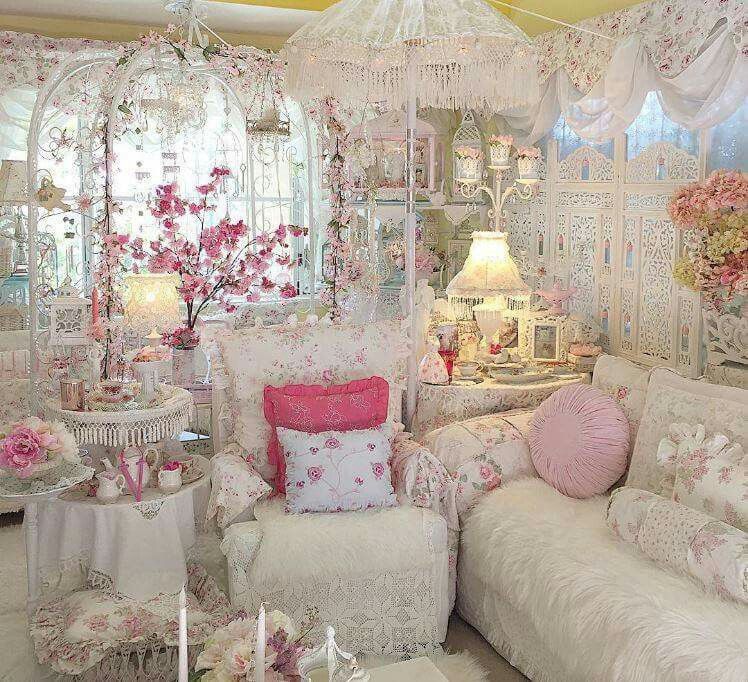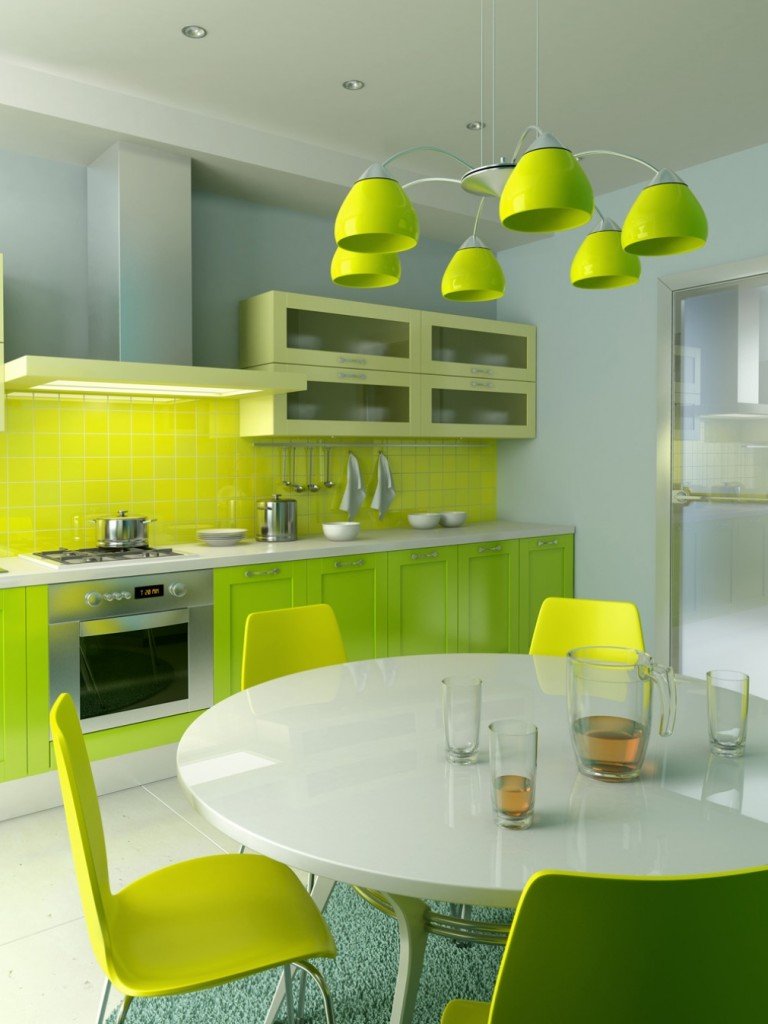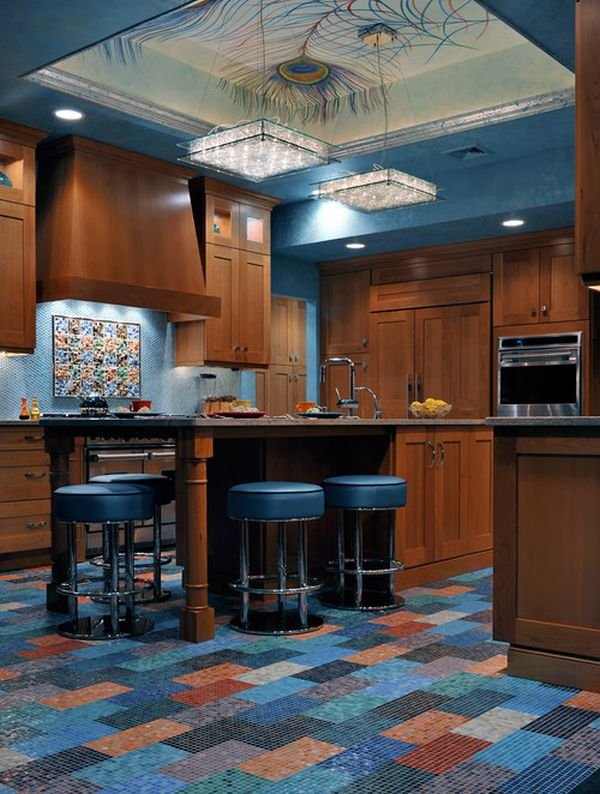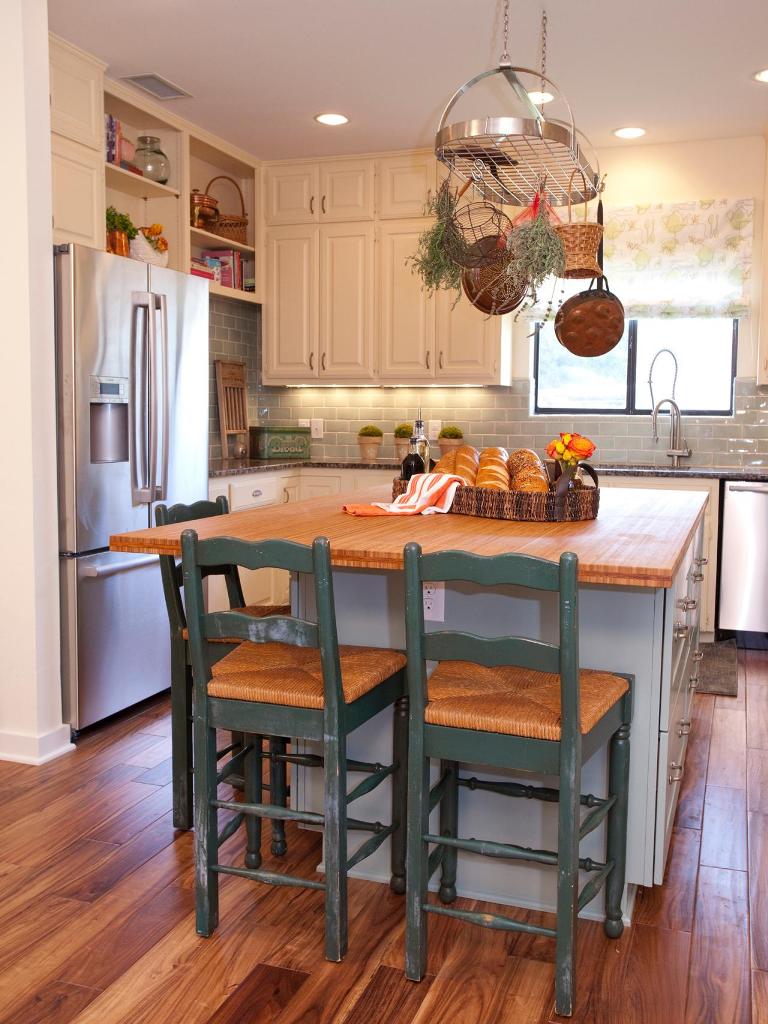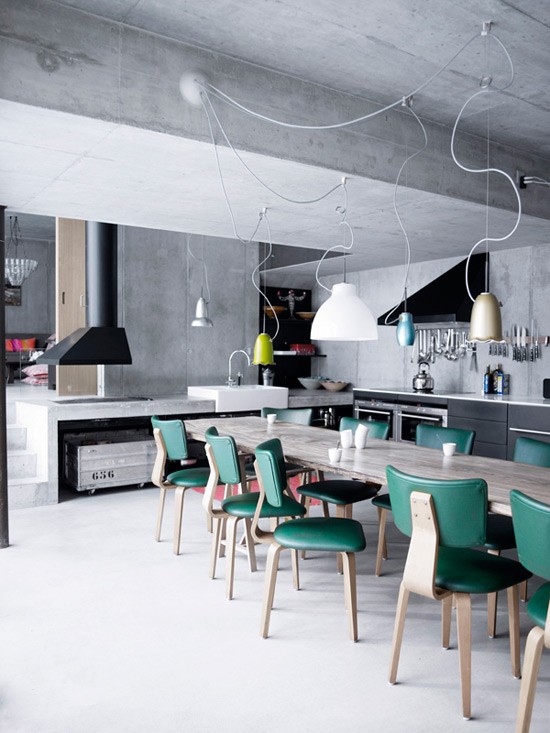Painting the walls may seem like an easy task, but not quite! In addition to choosing the ideal paint and finish, it is necessary to prepare the surface, choose the right tools, paint in the correct direction, and take care of post-construction cleaning. With that in mind, we have departed a series of tips to help you in this process!
 The rollers spread the paint more evenly
The rollers spread the paint more evenly
Know the types of color

Many paints are available on the market, and knowing them will help you define what you need. The most common for interior and exterior masonry walls is acrylic paint. Made with water-based, it has quick drying and is waterproof, making cleaning more accessible, which can be done with a moist fabric or sponge.
Enamel paint is oil-based, ideal for use on wood, doors, baseboards, and metals such as handrails, furniture, and table legs. Latex paint is an option only for interior walls, with a quick-drying and slight odor. In contrast, epoxy paint is produced from plastic resin and has high friction resistance, recommended for areas with a lot of waste and tear, such as garages and commercial spaces. Another option on the rise is ecological inks, developed to reduce the impact on the environment.
Choose the colors well
 Color palette with paintbrushes
Color palette with paintbrushes
Open up to the possibilities and experiment with different tones. The biggest disappointments with painting involve the choice of color. This happens because, many times, we let ourselves be carried away by trends or personal preferences, and we do not consider other variables that will influence the final result.
To avoid monotony, the ideal is to choose at least two different colors or two shades of the same color for the house. You don’t necessarily have to opt for neutral tones, but be aware that they are much easier to match than vibrant colors.
Lighter tones can also enhance the feeling of spaciousness, while dark tones are great for creating a sense of depth.
Also, consider the finish
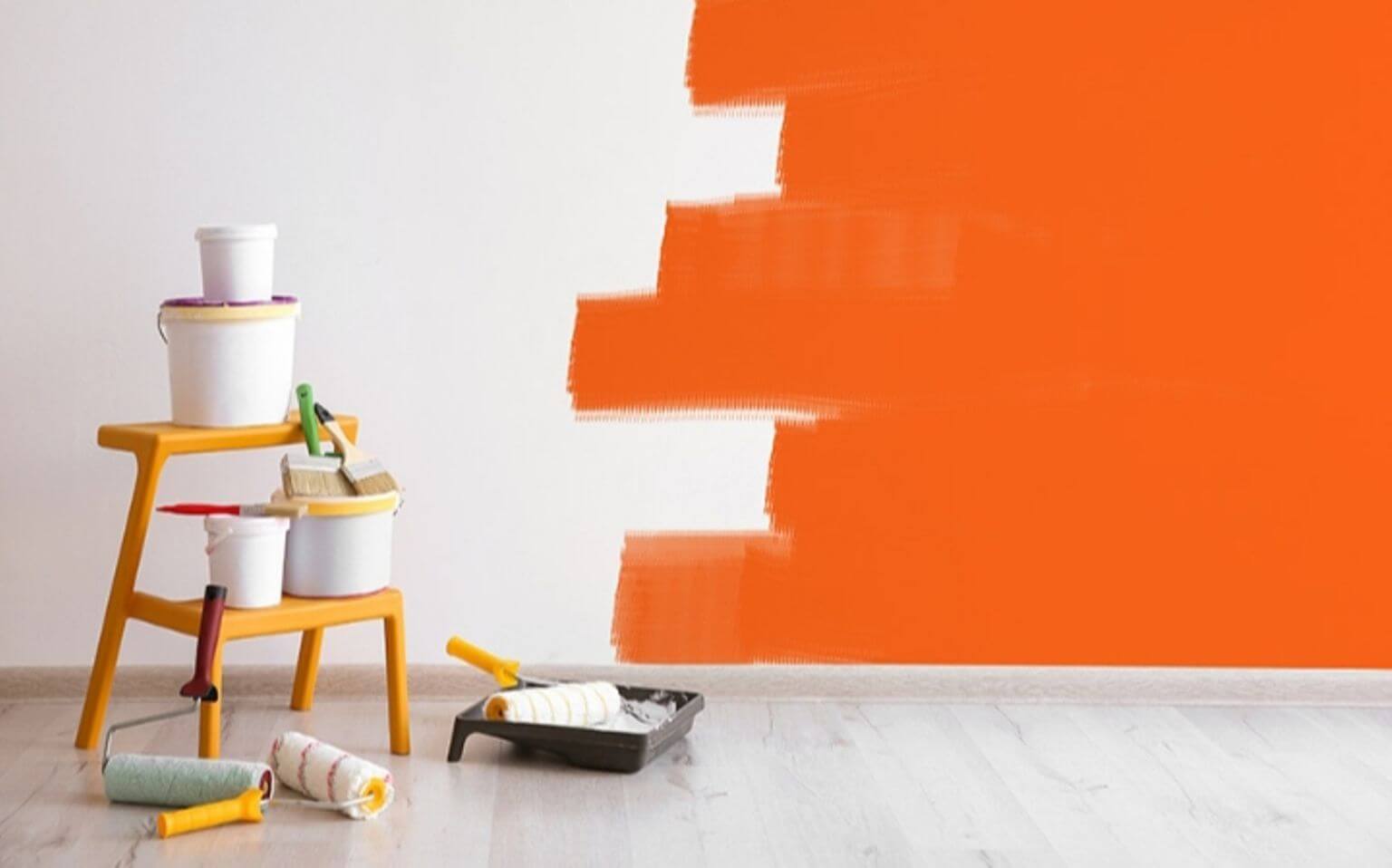
You may have already noticed that there are several finishes in addition to the types of paint and colors: flat, textured, glossy, satin, matte, among others. The correct choice of finish can influence the cleaning and maintenance of the painting.
Matte painting in circulation areas, for example, can make cleaning difficult. For this purpose, it is simple to see textured stairs and hallways. Flat paint is ideal for more discreet environments, while gloss paint enhances the wall’s texture and is easier to clean.
Invest in good work tools
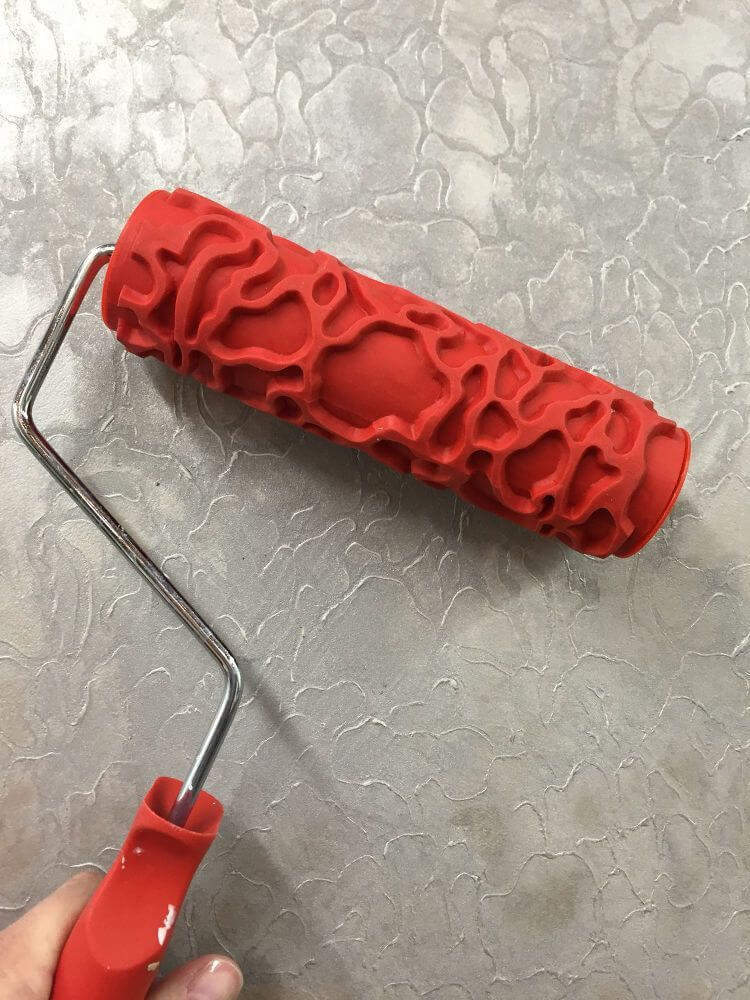
You are already saving on labor. Buying a cheaper material can be expensive in the future. Good tools make the job easier, as a quality brush applies paint faster and more efficiently. To choose from the types available on the market, follow the paint manufacturer’s guidelines or an expert.
Also, don’t forget to buy the famous rollers, as the brush doesn’t always give the perfect finish. Because they are spongy, the rollers allow for a better ink distribution without leaving as many marks.
Protect the floor and furniture
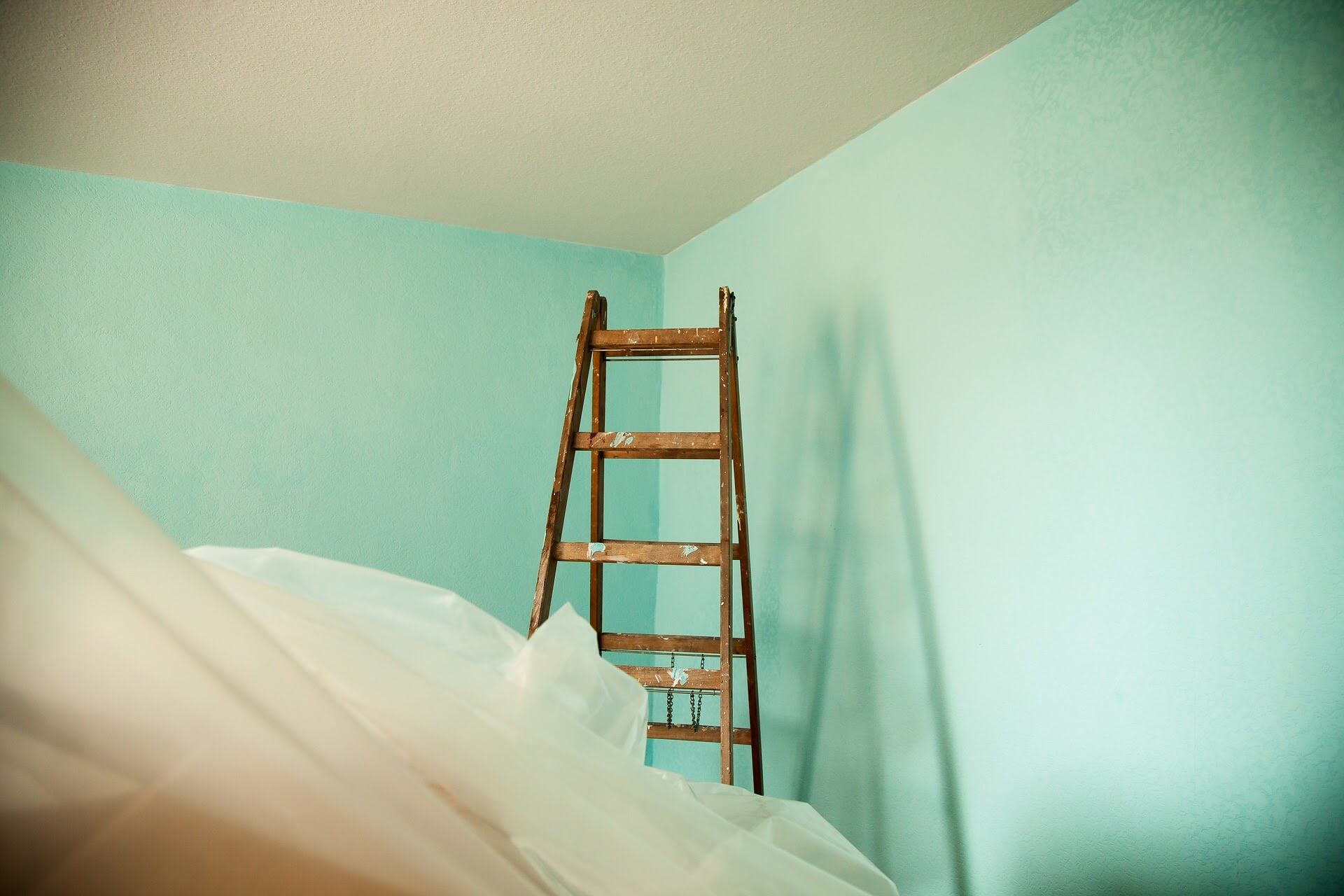 Room with folding wooden stairs and plastic-covered furniture
Room with folding wooden stairs and plastic-covered furniture
Cover all furniture to prevent paint splashes from damaging the furniture. Even when done by experts, the painting creates dirt. Postconstruction cleaning is essential to protect the table and the floor from possible splashes to make it easier. Start by watching the floor with corrugated cardboard, which calmly absorbs ink and covers the furniture. Finally, use masking tape to delimit the painting areas and use thinner brushes in the corners.
Regularize and clean the wall

For a professional result, before going out painting, you will need to prepare the walls to be flat, without any cracks, cracks, and mold. Also, the surface must be clean to receive the ink. That is, clean the walls with warm water and detergent; with the dry place, repair imperfections, and cracks.
Some products prepare the wall, such as a kind of primer, sealing and smoothing the surface to receive the paint. This makes the color look as close as possible to the original samples, ensuring a better result.
Test before painting
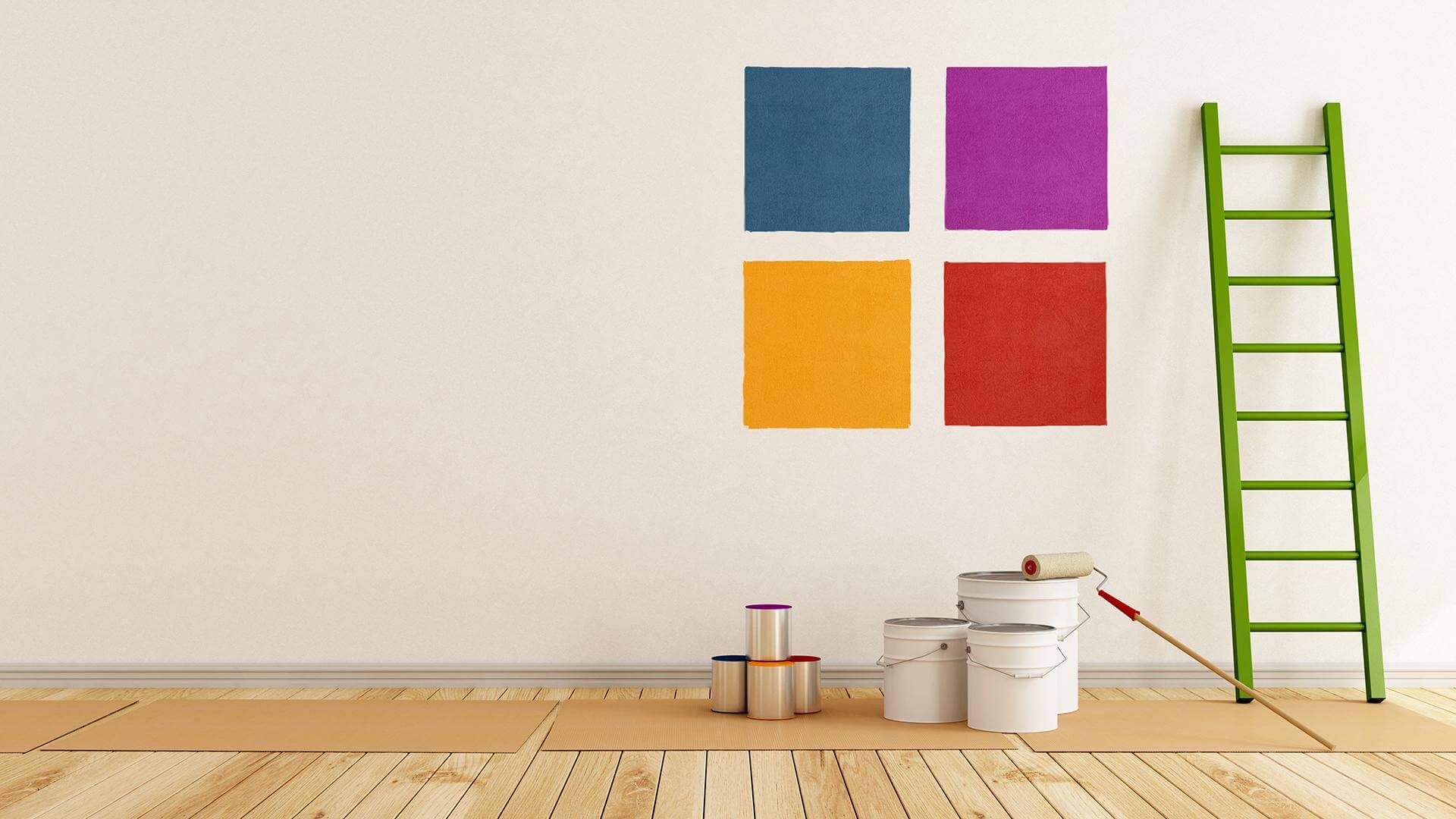
Ambient lighting can directly interfere with the paint color. Therefore, it is essential to test the paint on the wall to which it will be applied. Before painting the entire wall, apply to a large area, at least 60 x 60 cm. Let it dry overnight, checking how natural and artificial light falls on it.
Perfect the technique
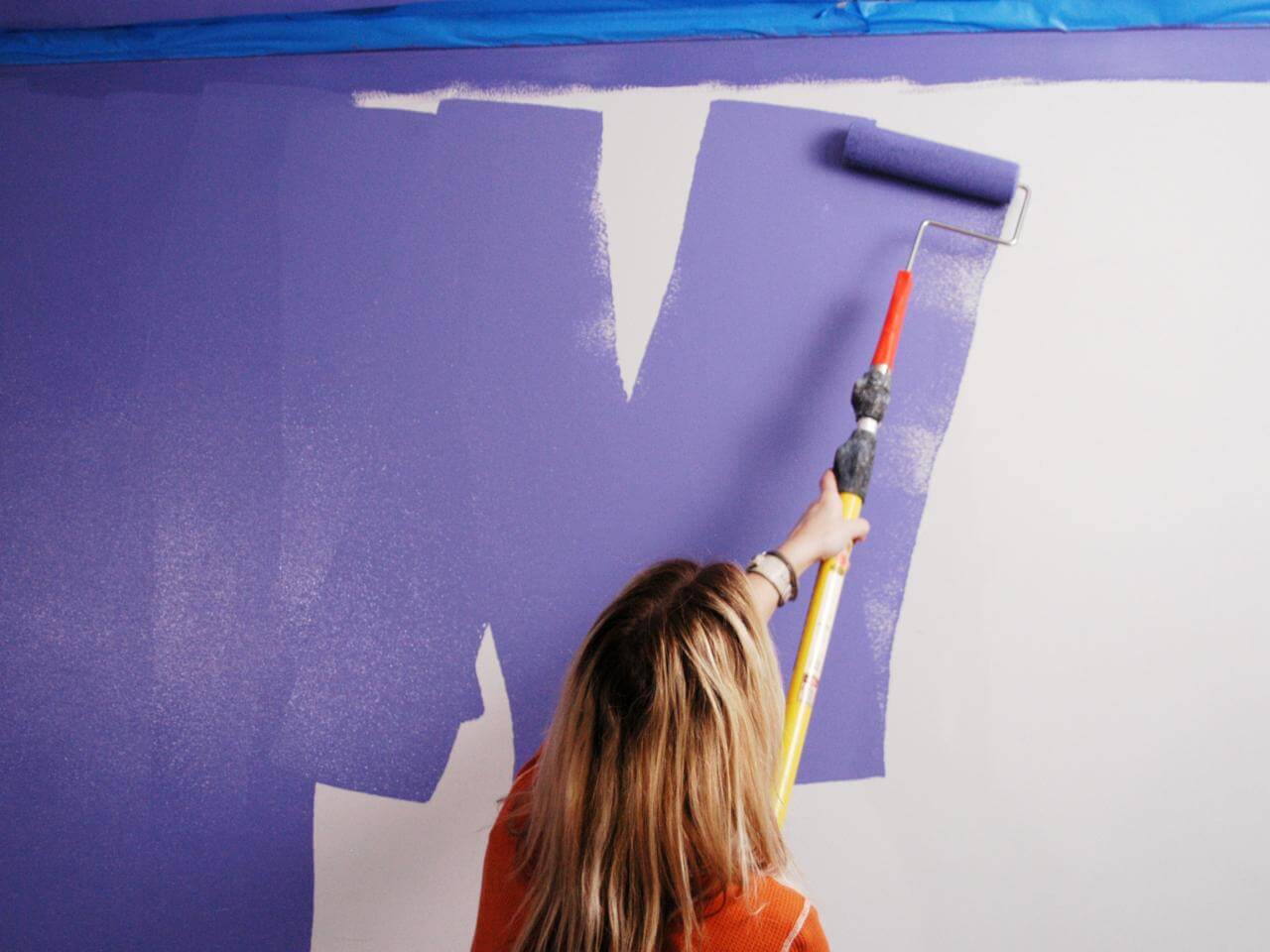
We usually turn to professional painters because even after getting all the previous steps right, painting is not as simple as it sounds. It is not enough to move the brush up and down.
The secret is to paint in the shape of a W to avoid marks, creating squares of approximately 30 centimeters. And don’t overdo the paint on the brush: it shouldn’t run off when touching the wall. If you are unsure, hire a professional or seek further advice. This way, you avoid having to redo the work.

